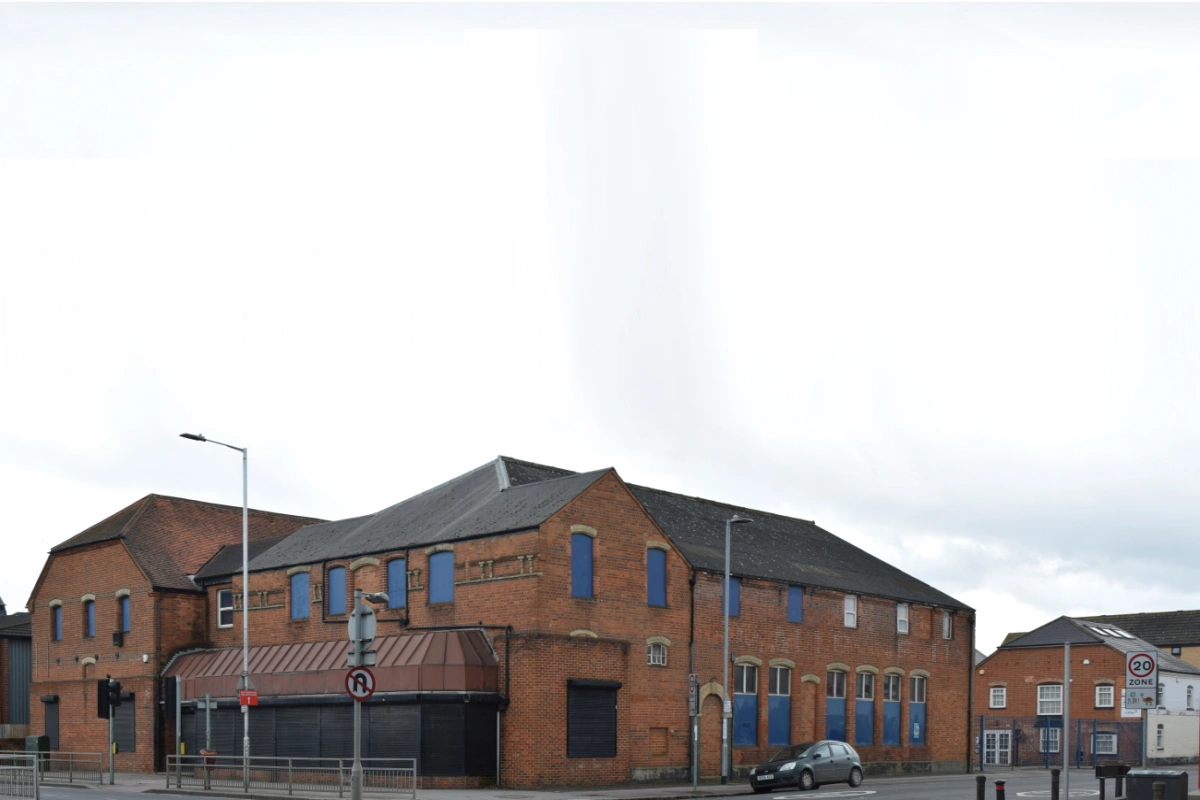(Part 1 of a 2-part series)
Can an industrial building still matter when its machinery is long gone?
At 71–73 Caversham Road in Reading, four surviving buildings tell a quiet but compelling story of a once-thriving industry; three are now offices, and the frontage building will survive only as a façade once redeveloped. Though kilns have disappeared and production ceased over a century ago, these buildings remain powerful evidence of Reading’s malting past and rare survivors of its industrial landscape.
Reading was once a centre of malting, most notably at Fobney Street for H.G. Simonds. The Caversham Road site, located north of the railway, was an outlier in more ways than one. Operated by H.P. Dowson from the 1870s until the early 1900s, the site once included at least three malthouses—those built before 1880 would would have been traditional floor maltings. However, it is possible that the one fronting Northfield Road, which appears to have been rebuilt at some stage, was as a pneumatic (drum) maltings as its windows are not the typical small ones usually associated with floor maltings.
What stands today appears to include a mix: one malthouse with decorative brickwork and typical segmental-headed windows that may have been the one rebuilt as a pneumatic plant. Its particularly large ground-floor windows and the spatial layout support this theory, suggesting that storage or germination drums may once have been located behind those walls.
Even without full internal access or surviving kilns, the buildings reveal enough to merit conservation. Historic maps, aerial photos, and details such as string courses and surviving window forms offer rare architectural and industrial clues. In the broader context of Reading’s history and the loss of so many such sites, this complex is of high local and typological value.
Whether traditional or pioneering, the maltings reflect how Reading once worked and evolved.
Significance level? Industrial heritage doesn’t need to be complete to be significant. These structures are evidence of function, technology, and place—and they matter even if their kilns are gone and their silos are silent.


No Responses